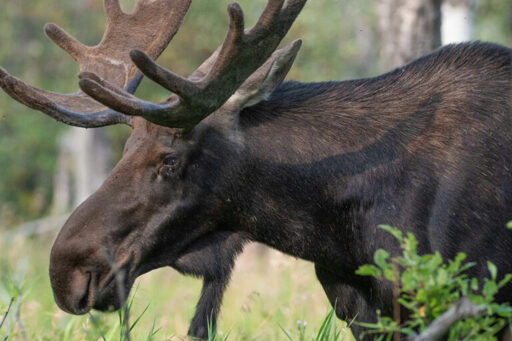- cross-posted to:
- canada@lemmygrad.ml
As one of the most iconic creatures in their ecosystems, moose have lumbered their way into the fabric of Canadian culture in Ontario. Recreational hunting, Indigenous well-being and the region’s ecosystem health all depend on these antlered giants. But in the last two decades, their population has declined by 20 percent.
Now, a new collaboration between researchers from the University of Guelph, Ontario, and three Anishinabek First Nation communities has revealed numerous reasons why the numbers of moose (Alces alces) are dropping. The impact of climate change on their environment appears to be the main factor, but several other potential causes emerged from the Indigenous perspectives provided to researchers in interviews. The team described work recently in the journal People and Nature.
“It’s being seen by both knowledge systems,” said study coauthor Steven Kell, head biologist for Shawanaga First Nation in Nobel, Ontario. “[Moose decline] is going to have a negative effect not only ecologically, but also culturally and on the health and well-being of First Nation people.”
To draw from both schools of thought, the research team applied a “two-eyed seeing” approach. They interviewed 66 members of the Biigtigong Nishnaabeg, Magnetawan, and Shawanaga First Nations in Ontario, and they reviewed 52 Western scientific papers about moose ecology in the region. Then, they wove together the differences and similarities.
Both traditional ecological knowledge and Western scientific studies agree that climate change, diseases and parasites are the key drivers of the dwindling moose populations. But interviews with Indigenous hunters and elders also revealed hunting pressures, barriers and risks posed by highways, and a new green warty skin disease as potential issues.
The Indigenous observations often emphasized smaller-scale changes, the team noted: displacement of moose by encroaching local populations of white-tailed deer (Odocoileus virginianus); declining use of the area’s wetlands; and shorter mating seasons as temperatures warm.


